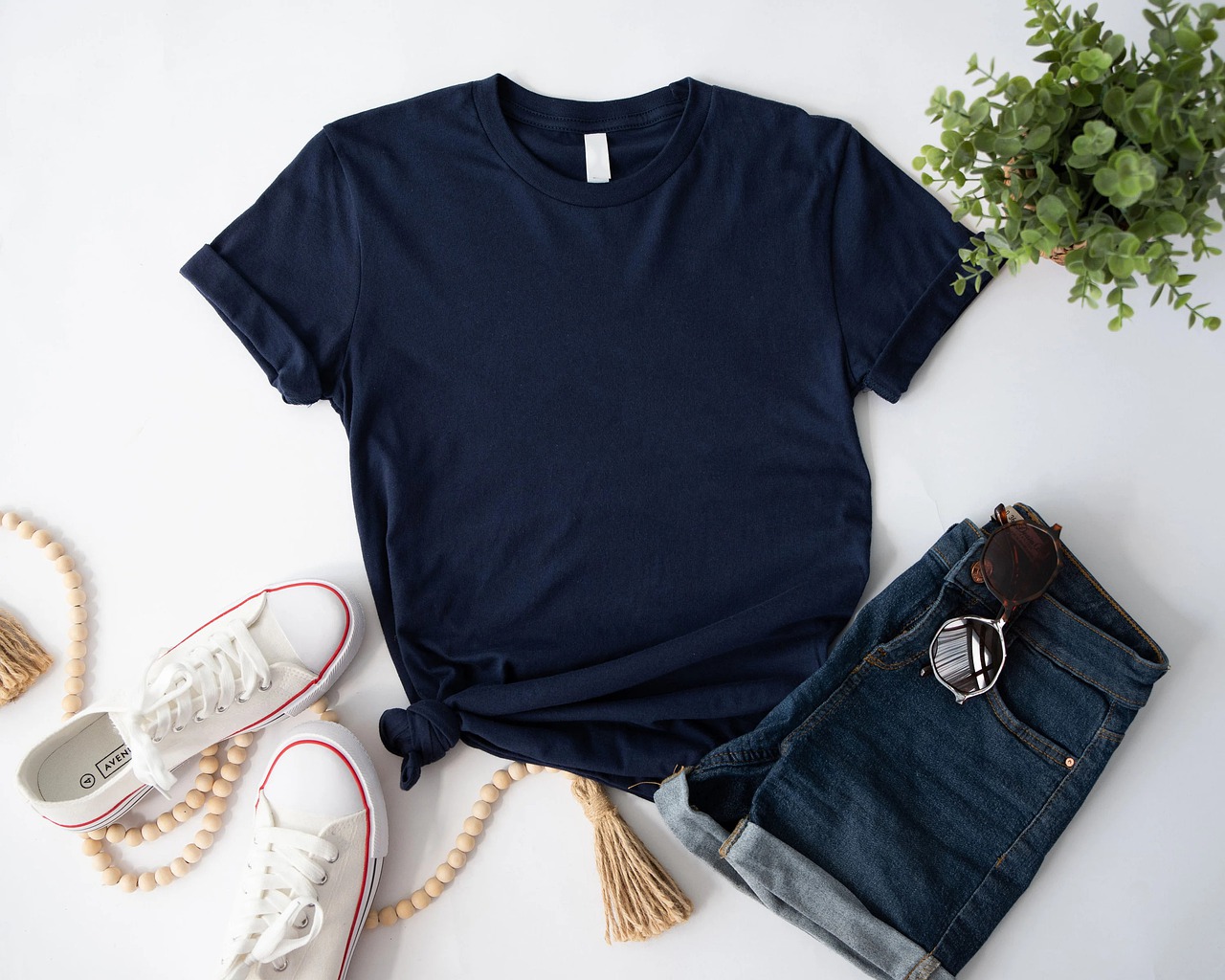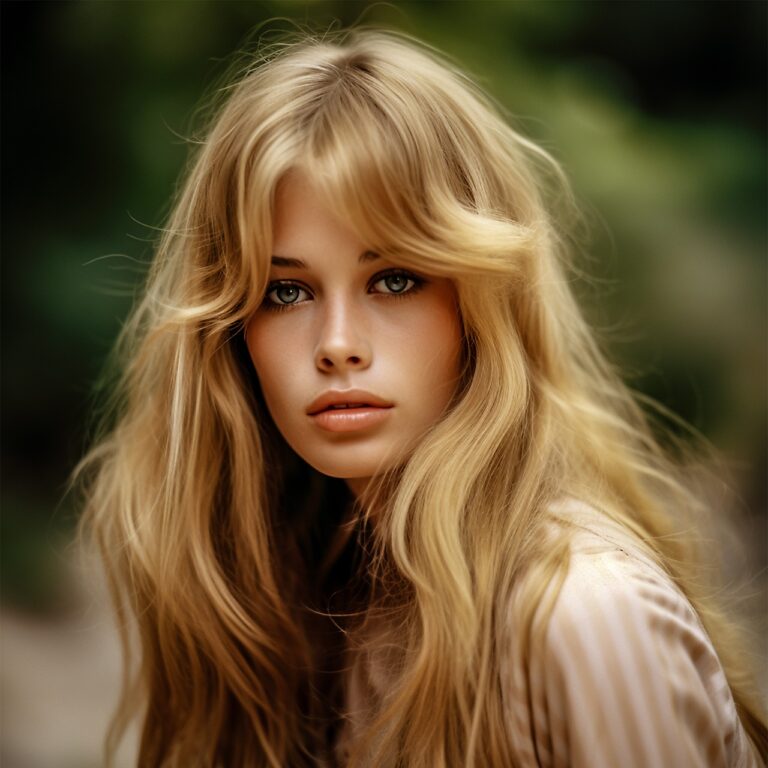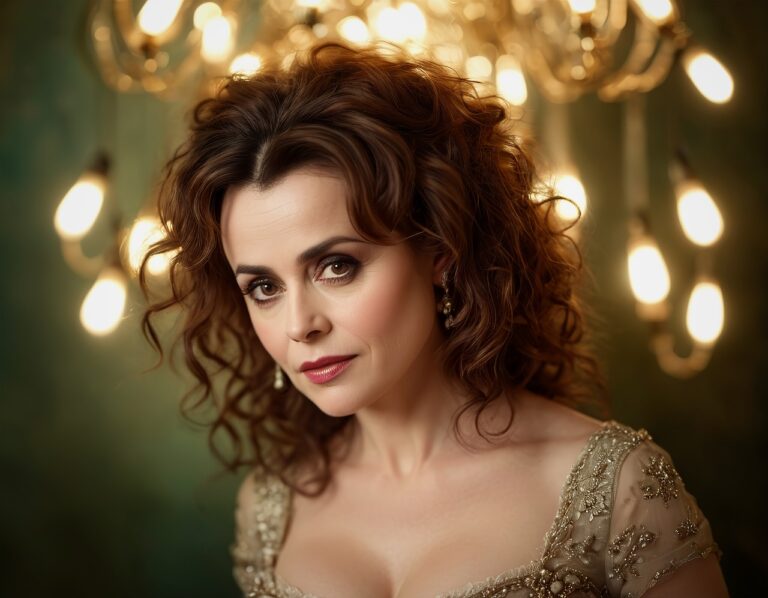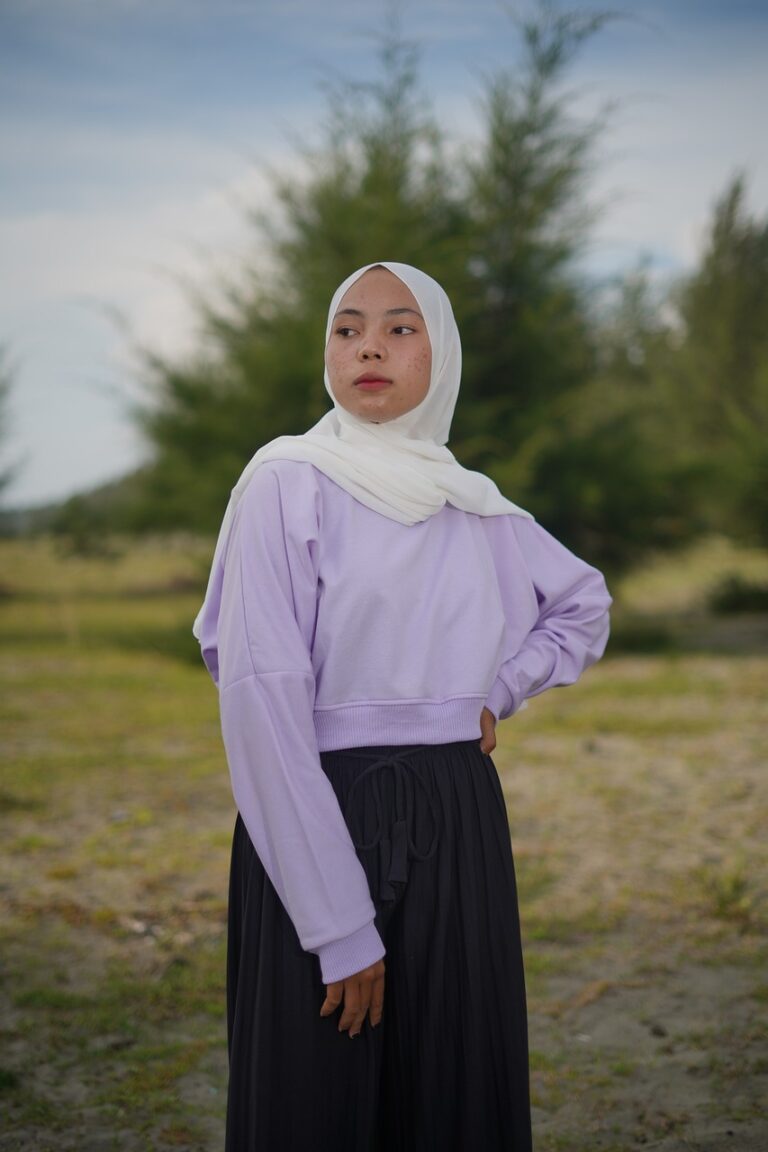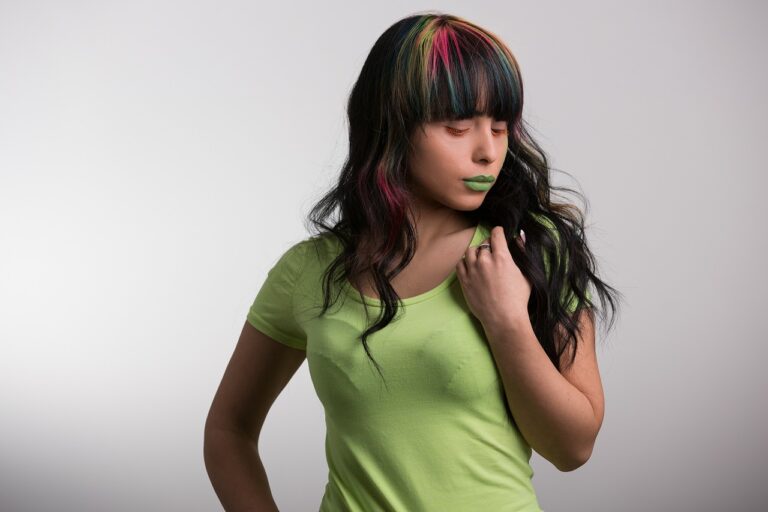Fashion and Art: Exploring the Relationship Between Two Creative Industries
Art movements have long played a significant role in shaping fashion trends throughout history. From the intricate patterns of Art Nouveau to the bold colors of Pop Art, the visual language developed by artists has often been translated into garments and accessories. Designers seamlessly incorporate elements from various art movements into their collections, drawing inspiration from iconic artworks and aesthetics that resonate with the current cultural zeitgeist.
One notable example is the impact of Surrealism on fashion, with its dreamlike, otherworldly quality finding expression in avant-garde designs. The influence of artists like Salvador Dali and René Magritte can be seen in whimsical prints, unexpected silhouettes, and fantastical accessories that challenge traditional notions of beauty and style. By embracing the creativity and boundary-pushing spirit of art movements, fashion designers continuously push the boundaries of sartorial expression, creating dynamic and innovative pieces that blur the lines between art and fashion.
• Surrealism has had a significant impact on fashion trends
• Dreamlike and otherworldly qualities are often seen in avant-garde designs
• Artists like Salvador Dali and René Magritte inspire whimsical prints and unexpected silhouettes
• Fashion designers push boundaries by incorporating creativity from art movements into their collections
The Collaboration Between Fashion Designers and Artists
The fusion of fashion and art has resulted in a dynamic collaboration between designers and artists in recent years. This partnership has brought forth innovative and visually captivating collections that push the boundaries of traditional fashion design. By incorporating the unique perspectives and creative techniques of artists into their work, fashion designers are able to create pieces that resonate on a deeper level with consumers.
This collaboration not only benefits the fashion industry by infusing fresh ideas into design processes but also provides artists with a new platform to showcase their work to a wider audience. Through this exchange of ideas and expertise, both parties are able to inspire and challenge each other, resulting in a symbiotic relationship that drives creativity and innovation in the world of fashion.
The Use of Artistic Techniques in Fashion Design
Fashion design often draws inspiration from various artistic techniques to create unique and visually captivating pieces. Designers frequently incorporate elements of painting, such as brushstroke patterns, splatter effects, and color blocking, to add artistic flair to their collections. These techniques bring a sense of creativity and dynamism to fashion, allowing designers to experiment with textures, shapes, and color compositions in innovative ways.
Furthermore, the use of artistic techniques like embroidery, appliqué, and patchwork has become increasingly popular in fashion design. These techniques add intricate details and craftsmanship to garments, elevating them from mere clothing items to wearable pieces of art. Designers often collaborate with skilled artisans and craftsmen to bring their creative visions to life, resulting in collections that showcase a harmonious blend of fashion and artistry.
How do art movements influence fashion trends?
Art movements often inspire fashion designers to incorporate elements such as color palettes, patterns, and textures into their designs, leading to the emergence of new trends in the fashion industry.
Can you provide examples of collaborations between fashion designers and artists?
Some notable collaborations include Louis Vuitton partnering with artist Jeff Koons to create a collection of handbags, and designer Virgil Abloh working with artist Takashi Murakami on a line of clothing for his brand Off-White.
How do fashion designers incorporate artistic techniques into their designs?
Fashion designers may use techniques such as painting, printmaking, and sculpture to create unique garments that blur the line between fashion and art. This can result in avant-garde and innovative collections that push the boundaries of traditional fashion design.

